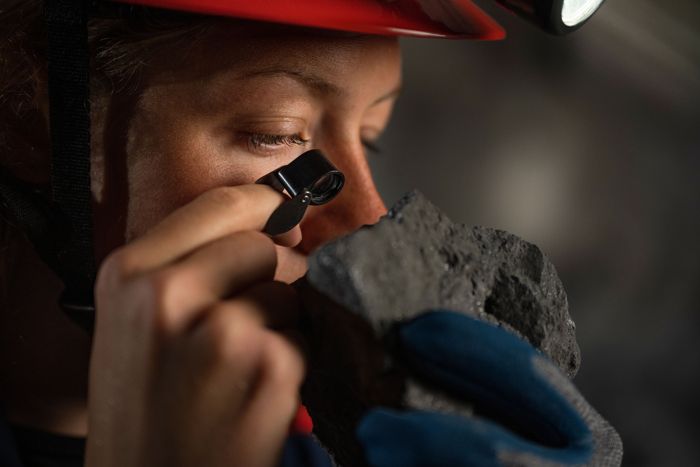The state-owned Swedish mining company LKAB has announced that it has found Europe’s largest cache of rare earth metals.
The deposit sits near the firm’s operations of Europe’s largest iron ore mine in the town of Kiruna, within the Arctic Circle. The city center of Kiruna has been relocated approximately 3 kilometres from its original location as the current mine, now beginning to reach under the town, was threatening to sink it.
LKAB has been mining there since 1850, and the area has been known for decades to contain rare earth minerals. A set of 17 metals has been found only in small amounts but the minerals have proven to have the properties that make new technologies such as wind power and electric car batteries possible.
The company announced last spring that preliminary explorations of the area were promising, but further exploration has verified the stash of an estimated one million tons of the much sought-after minerals. A press release from LKAB said:
Following successful exploration, the company today reports mineral resources of rare earth metals exceeding one million tonnes of rare earth oxides and the largest known deposit of its kind in Europe.
The deposit is mostly composed of iron ore, but, in addition to the rare minerals, it also contains a significant amount of phosphorus—seven times the amount found in the company’s current operational mines. Phosphorus is a key element in the synthetic fertilizers that modern agriculture relies on.
At the same time, the road to the extraction that brings the minerals to market is long, likely 10 to 15 years, due to the long process of both obtaining permits and constructing a safe mine. The company must first apply for an exploitation concession to investigate the conditions for mining at further depth. It plans to apply in 2023.
Jan Moström, LKAB’s CEO said in a statement:
We are already investing heavily to move forward, and we expect that it will take several years to investigate the deposit and the conditions for profitably and sustainably mining it. We are humbled by the challenges surrounding land use and impacts [sic] that exist to develop this into a mine and that will need to be analysed to see how to avoid, minimise, and compensate for it. Only then can we proceed with an environmental review application and apply for a permit.
He also called on the EU to change its regulations to allow for more rare earth minerals mining. The Commission is in the process of drafting the Critical Raw Materials Act, which is currently in the public input stage. The Commission explained:
The Critical Raw Materials Act will aim to identify the policy actions needed to develop strategic projects which will strengthen EU supply chains while maintaining a sustainable level playing field.
Currently, no rare earth minerals are being mined within the EU.
Additionally, according to the company’s website, it is moving towards carbon-free mining, and building “a circular industrial park in Luleå with new technology for the extraction and processing of phosphorus, rare earth elements and fluorine based on today’s existing mining production.”
Demand for rare earth minerals is growing exponentially, not least due to government policies pushing the industry towards these technologies, including the EU’s recent ban on selling cars with internal combustion engines after 2035 and targets for wind and solar energy production.






